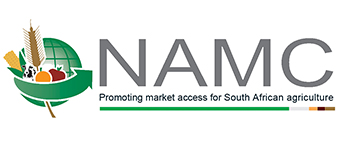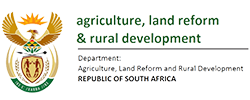Commentary: Global and domestic wheat supply during the COVID-19 pandemic
By Thabile Nkunjana
The past few months have been nothing but problematic for global leaders, food producers, suppliers and everyone else due to COVID-19. Global food supplies have seen a sharp increase in demand for key cereal commodities, especially for rice and wheat at the beginning of April 2020 (IGC, 2020), subsequently affecting domestic markets. At the beginning of the year global prices declined after estimated record stocks globally of over 740 million tons for wheat fuelling the decrease price (IGC, 2020).However, distributing was a major challenge. Normally larger stocks means great news for the global market, but logistical interruptions, temporally bans and limits in exports from major producers due to COVID-19 negatively affected trade. A dramatic increase in prices was observed in response to unusual global demand. This section looks at wheat trade during the COVID-19 pandemic where the trade of wheat domestically and globally is analyzed.
A general global view of the wheat trade
A slight rise in prices at the start of the worldwide lockdown due to COVID-19 was observed as various countries wanted to ensure they had sufficient domestic supplies and therefore imposed trade restrictions. The attitude has, however, changed drastically as it has become clear that there are plentiful wheat supplies in the global market. Russia, which initially planned to ban exports, had imposed an export quota of 5 million tons for non- Eurasian Economic Union countries until 31 June 2020. Kazakhstan imposed a monthly quota export of 200 000 tons of wheat and as a result, prices began showing a slight decline mid-April. These countries are major wheat exporters and their actions had implications for importers like South Africa. However, in April global wheat prices started to decline slightly as countries began to ease the lockdown restrictions.
South Africa’s wheat trade in relation to the world
South Africa is a net importer of wheat and it depends on global suppliers, as is the case for most African and Middle Eastern countries. This year it is expected that the country will import at least 50 % of the 3.4 million tons of wheat required to sustain its domestic consumption for the rest of the season. South Africa’s imports come mainly from European countries, and this includes imports meant to be re-exported to Botswana, Eswatini, Lesotho, Mozambique and Zimbabwe. Generally, South Africa’s wheat imports are concentrated from key global wheat suppliers, namely Russia, the USA, Canada, Argentina, Ukraine and Germany, and all these are amongst
the top 10 global wheat exporters. The short-term policies in response to the COVID-19 pandemic by these countries
had an effect on domestic prices, as the country imports significant amounts of wheat. For example, Russia’s export
quota had ramifications for global supplies and subsequently for South Africa as it is among the top suppliers to the country. Nevertheless, as we progressed with countries opening their economies around the world, the situation steadily improved. South Africa’s main wheat suppliers for 2019/2020 marketing season between January-April 2020 were Poland, Lithuania, Germany, Russia and the Czech Republic, while countries such as Ukraine and the USA supplied small quantities.
Concluding remarks
South Africa remains a net importer of wheat despite a 20% increase in production during the 2019/20 season following a significant reduction in production from the previous year due to drought. However, the global projected wheat stocks by the international grain council of over 740 million tons coupled with the gradual openness of the global economy after the lockdown and less export restrictions globally, global wheat prices have somehow stabilize again thus providing some relief on domestic prices hence cunsumers. Global and domestic wheat supply during the COVID-19 pandemic


